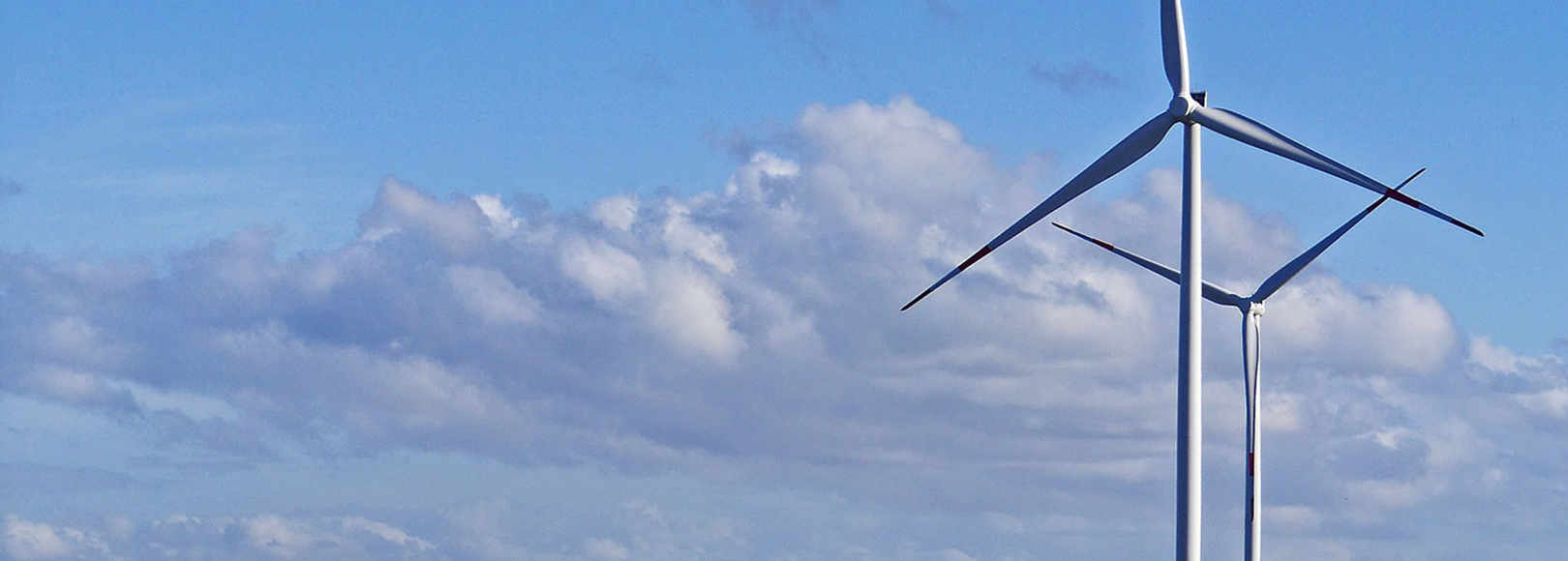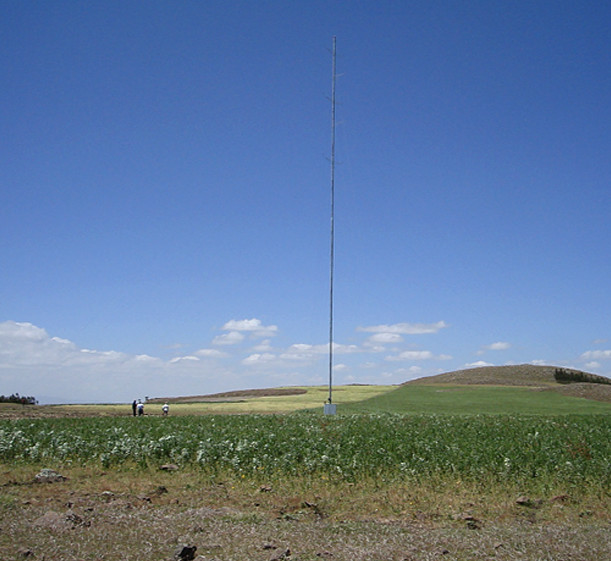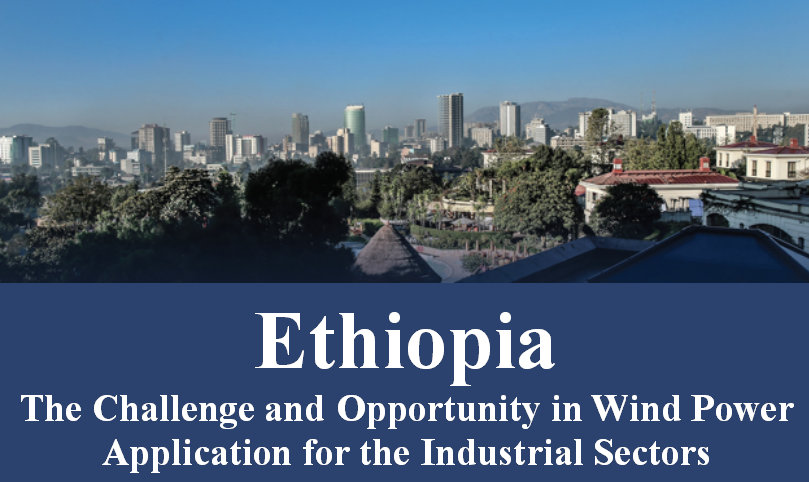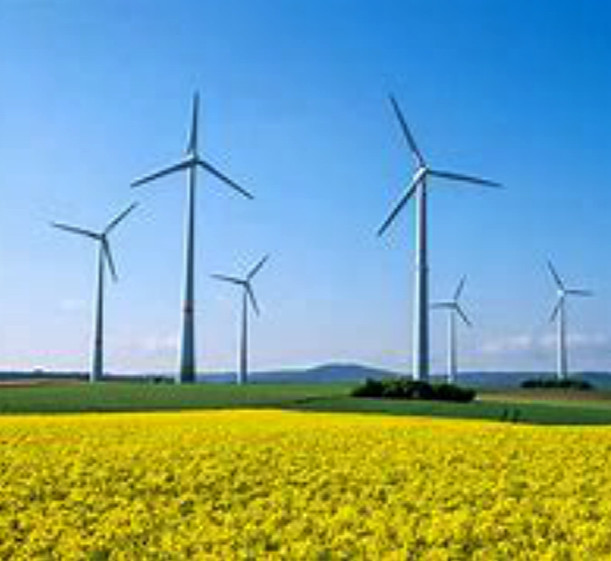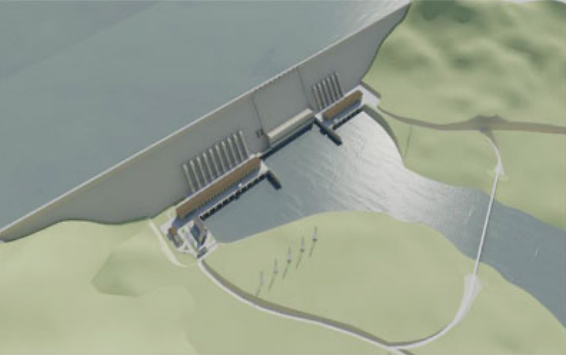The predecessor entity of EEP and Terra Global entered into a Memorandum of Understanding (the “MOU”) in 2012 for the development, financing and construction of the initial 100 MW phase of a planned 400 MW project at the Debre Berhan site (the “Original Project”). That project was to be developed on a finance, build and transfer basis, whereby EEP would become the owner of the Original Project following the completion of construction.
